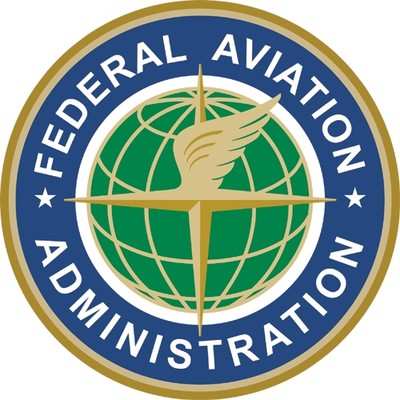Wed, Sep 09, 2015
Contracts Valued At $100 Million Awarded To Eight Companies
The FAA has awarded $100 million in contracts to eight companies to develop and demonstrate technologies that reduce fuel consumption, emissions, and noise under the second phase of its Continuous Lower Energy, Emissions, and Noise (CLEEN II) program.

“By partnering with private industry on advancing the next generation of aviation technologies, the Department is helping shape a world-class transit system that is efficient and environmentally sustainable,” said Transportation Secretary Anthony Foxx. “Today’s announcement is a win-win for the American people, and is part of a broader Administration effort to find innovative ways to strengthen the economy while reducing carbon emissions into our atmosphere.”
“CLEEN II represents a genuine investment and commitment by the FAA and the industry to find ways to make aviation even cleaner, quieter, and more energy efficient,” said FAA Administrator Michael P. Huerta. “We expect that when they enter into service, these new technologies will benefit U.S. aircraft for years to come and build on the Obama Administration’s efforts to protect the environment.”
The five-year CLEEN II program will build on the success of the original CLEEN program, a public-private partnership that began in 2010 and is a key part of the FAA’s NextGen efforts to make aviation more environmentally friendly. The CLEEN team focused on nine projects in the area of energy efficient aircraft technologies and sustainable alternative jet fuels. The first of these technologies will enter service in 2016.
Under CLEEN II, the FAA selected eight companies: Aurora Flight Sciences; The Boeing Co.; General Electric (GE) Aviation; Delta TechOps/MDS Coating Technologies/America’s Phenix; Honeywell Aerospace; Pratt & Whitney; Rolls-Royce-Corp.; and Rohr, Inc./UTC Aerospace Systems.
The companies will match or exceed the FAA’s investment, bringing the total to at least $200 million. The eight awardees will work to develop a variety of airframe and engine technologies. Each effort will culminate in a demonstration aimed at bringing the product to market. CLEEN II will nurture these technologies through crucial phases in their maturation. This will include full scale ground and flight test demonstrations.
The CLEEN II goals include:
- Reducing fuel burn by 40 percent relative to the most efficient aircraft in service during the year 2000;
- Cutting nitrogen oxide emissions during takeoff and landing by 70 percent over the 2011 International Civil Aviation Organization standard without increasing other emissions;
- Lowering noise levels by 32 decibels (dBs) relative to the FAA Stage 4 noise standard; and
- Expediting the commercialization of “drop-in” sustainable jet fuels through support for the fuel approval process.
The FAA anticipates that developed CLEEN II aircraft technologies will be on a path for introduction into commercial aircraft by 2026.
More News
Aero Linx: International Federation of Airworthiness (IFA) We aim to be the most internationally respected independent authority on the subject of Airworthiness. IFA uniquely combi>[...]
Ultrahigh Frequency (UHF) The frequency band between 300 and 3,000 MHz. The bank of radio frequencies used for military air/ground voice communications. In some instances this may >[...]
A Few Questions AND Answers To Help You Get MORE Out of ANN! 1) I forgot my password. How do I find it? 1) Easy... click here and give us your e-mail address--we'll send it to you >[...]
From 2019 (YouTube Edition): Learning To Paint Without Getting Any On Your Hands PPG's Aerospace Coatings Academy is a tool designed to teach everything one needs to know about all>[...]
Also: Sustainable Aircraft Test Put Aside, More Falcon 9 Ops, Wyoming ANG Rescue, Oreo Cookie Into Orbit Joby Aviation has reason to celebrate, recently completing its first full t>[...]
 ANN's Daily Aero-Linx (05.06.25)
ANN's Daily Aero-Linx (05.06.25) ANN's Daily Aero-Term (05.06.25): Ultrahigh Frequency (UHF)
ANN's Daily Aero-Term (05.06.25): Ultrahigh Frequency (UHF) ANN FAQ: Q&A 101
ANN FAQ: Q&A 101 Classic Aero-TV: Virtual Reality Painting--PPG Leverages Technology for Training
Classic Aero-TV: Virtual Reality Painting--PPG Leverages Technology for Training Airborne 05.02.25: Joby Crewed Milestone, Diamond Club, Canadian Pilot Insurance
Airborne 05.02.25: Joby Crewed Milestone, Diamond Club, Canadian Pilot Insurance



